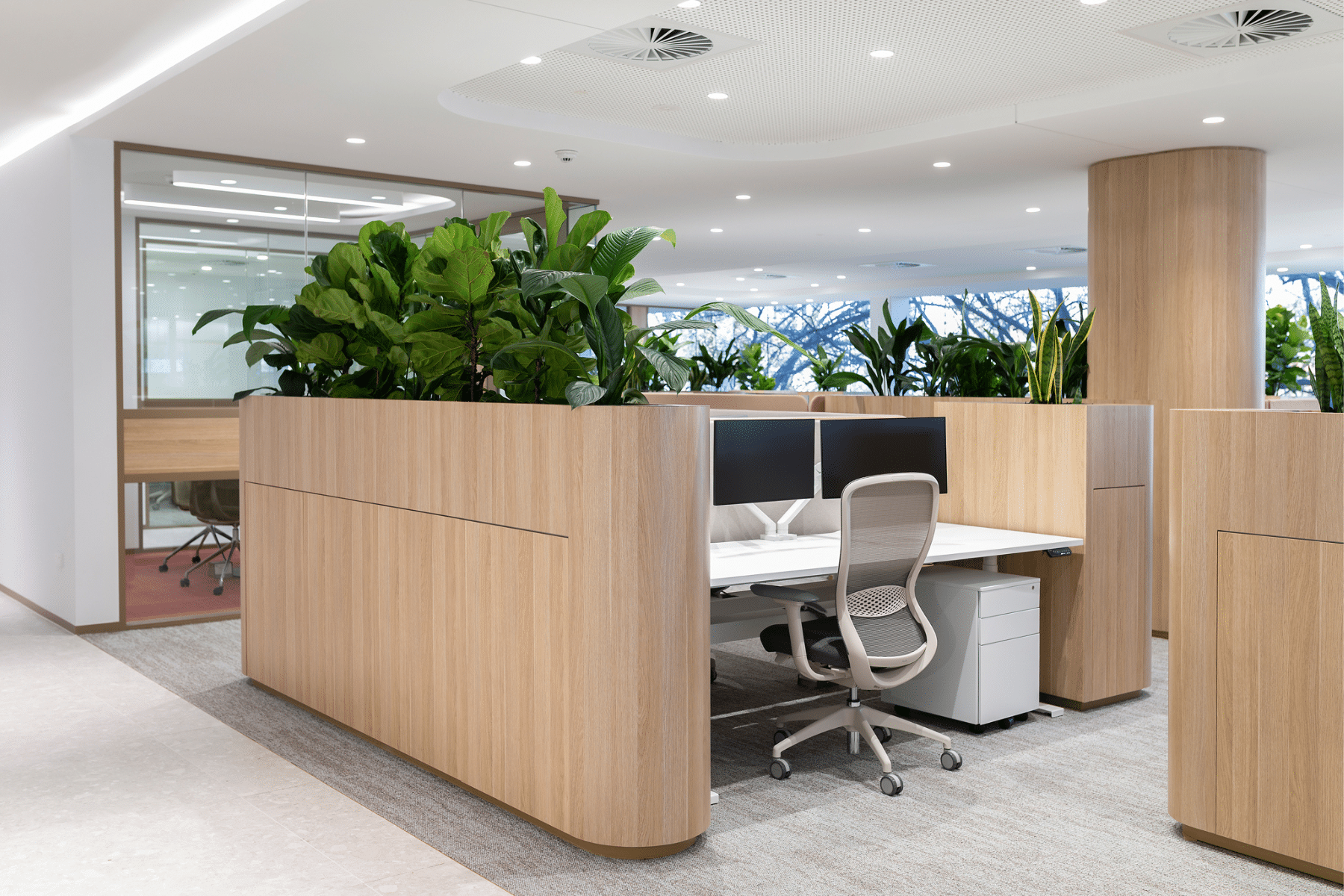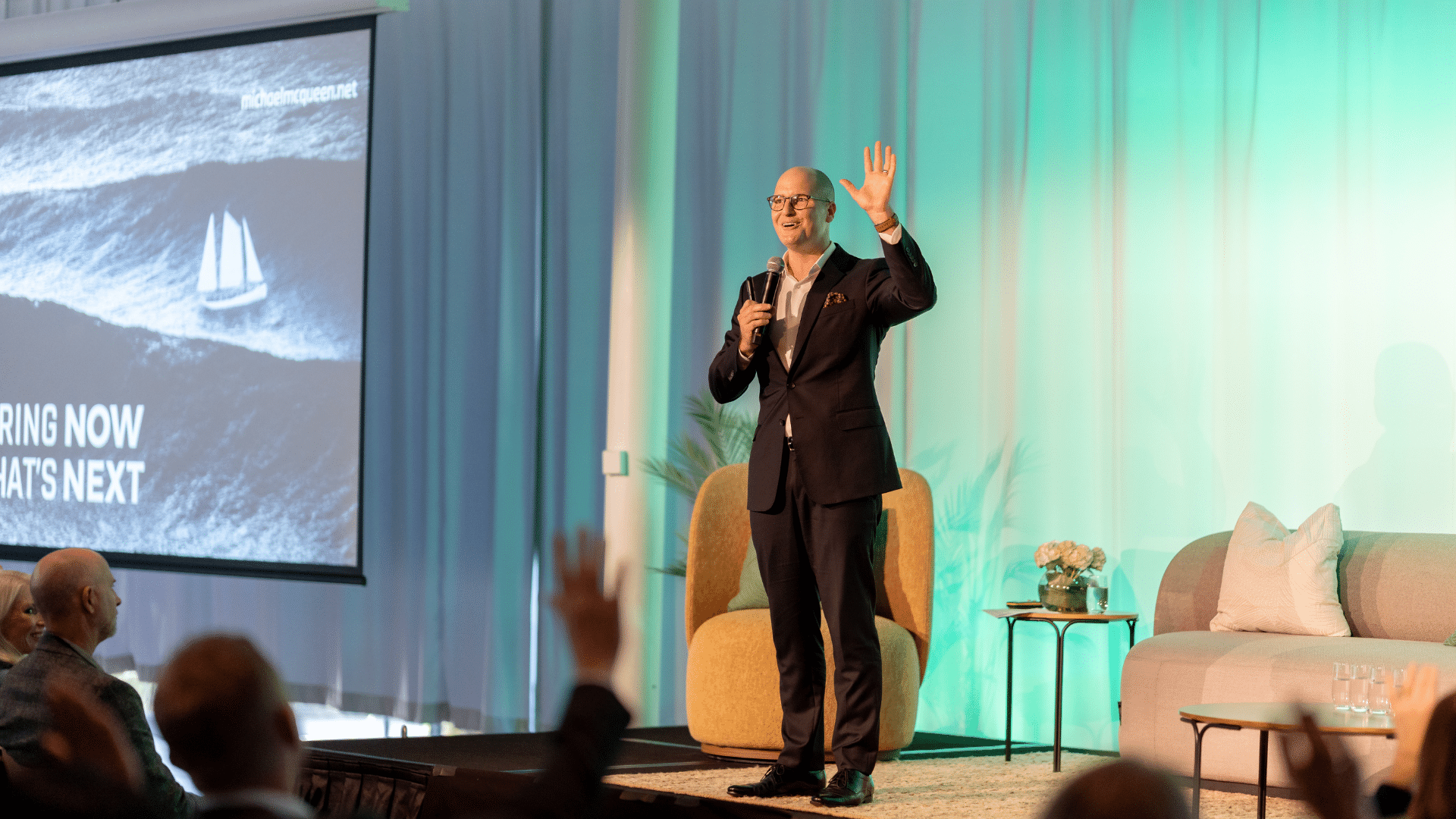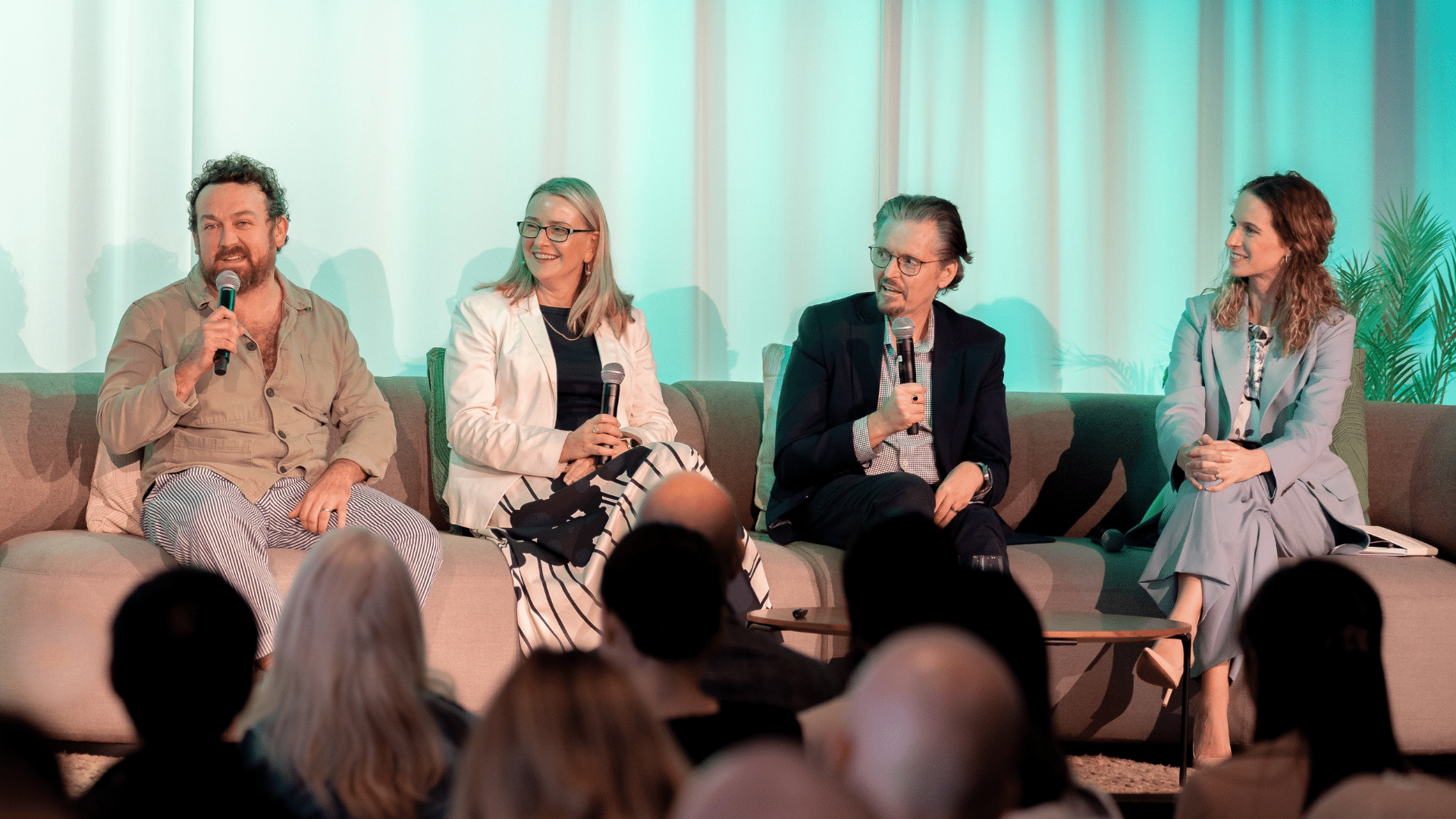
Sustainable office design isn’t an ephemeral business craze that will soon go out of date. The world has seen a global mindset shift in how we approach health, wellness and sustainability in the workplace and all aspects of our lives – and it’s not slowing.
The good news is that adopting sustainable office design pays dividends in myriad ways, both in the short and long term.
From reduced operational costs, fewer employee sick days and greater performance, to improved brand reputation and employee retention, the benefits of sustainable office design are far-reaching and increasingly quantifiable.
Read on to discover the business case for green office design.
Operating efficiencies
Green buildings are constructed to deliver high energy output with the least possible input. They consume 26% less energy and generate one-third less greenhouse gas emissions than the average building.
“The Spot”, The University of Melbourne’s green building project, saves them more than $180,000 in operating costs each year, whilst ANZ’s sustainable headquarters saves closer to $200,000 per year according to Green Star’s The Business Case for Green Building.
These cost and resource savings only compound over time. With around 2% extra investment upfront, a green office design can save 10 times that over a building’s lifetime, illustrating how the implementation of sustainable solutions from the very early stages of a workspace project will ultimately contribute to positive return on investment and environment.
Employee health and productivity
It’s no surprise that poor employee health impacts productivity. Research shows that higher quality office environments can boost productivity by 16-60%, which can result in the saving of billions of dollars. In fact, studies have quantified the gains of sustainable office design by illness type:
- Reducing acute respiratory illnesses – worth $6-14 billion AUD.
- Reducing allergies and asthma – worth $1-4 billion.
- Reducing symptoms of sick building syndrome – worth $10-30 billion.
Whilst this scale of gains isn’t experienced by every company, it does demonstrate the significance of sustainable office design on a business’ bottom line.
Employee attraction and retention
More than ever before, people want their employer’s values to align with their own.
Over half of workers surveyed by GetSmarter identified that they want to work for companies who commit to sustainable practice and design and are more likely to stay with those that do. Around one third are even prepared to accept a lower salary to work for a more sustainable employer.
We’re at a pivotal moment where sustainable workplaces have an advantage in the talent war. But sustainable offices are on the fast-track to becoming a minimum expectation.
Better reputation
“Brands that deliver on pursuit of purpose, that drive a culture of sustainable innovation, are the front runners in consumers’ eyes – and they are watching.”
– Source.
A green office design is a tangible demonstration of a business living up to its ESG promise, which is becoming increasingly important for building positive relationships with stakeholders, from employees, to investors, clients and even suppliers.
Customers are more attracted to brands with sustainable practices. In fact, 90% of Australians are more likely to purchase sustainable products and services over those without and 85% want brands to be transparent about their level of commitment.
Investors also prefer businesses with demonstrably strong ESG standards. A green office design goes a long way towards meeting these criteria, as companies who are making tangible ESG commitments are considered less risky and better positioned for the future.
Sustainable office design case study
To realise the true benefits of sustainable office design, green principles must be incorporated at the very beginning of the project.
An integrated team approach, like the one we use at Spaceful, speeds up the process with fewer conflicts in design and development.
Here’s an example of how the Spaceful team has successfully implemented sustainable workplace design to deliver a positive return on investment for our clients.
Recently, Spaceful was engaged to design and deliver a new workspace for Law Council of Australia (LCA) and as part of their ESG commitments, LCA wanted to achieve a 5-star Green Star interiors rating.
This rating, developed by the Green Building Council Australia, is a trusted hallmark of quality design, effective delivery and sustainable operations.
On average, Green Star-rated projects:
- require 66% less electricity than Australian city buildings
- use 51% less potable water than industry requirements
- boost employee productivity by 15%
- emit 62% fewer greenhouse gases than average Australian buildings
The first step of any Spaceful project is to define the intention for the space. We work closely with our clients to identify their business goals and determine how workplace design can enhance and facilitate these goals. In this case, there were a number of key business drivers for achieving this rating, such as:
- Long-term operational cost savings.
- Improved comfort and well-being for all occupants (both employees and visitors)
- Minimising the environmental impact of the business where possible
- Optimising Law Council’s operations.
Quantifying the benefits of sustainable workplace design
Final decisions in building and construction are regularly made with a focus on schedules and budgets, with the long-term effects often overlooked. But with sustainability becoming ever more important, the metrics and methods of quantifying the costs and benefits of an eco-friendly office design are improving quickly.
There are two key ways that businesses can measure impact: company-wide KPIs and employee feedback (both before and after sustainability measures are implemented).
Company-wide KPIs and metrics include: energy consumption, energy costs, employee retention, average staff tenure, staff NPS scores, sick leave used and unplanned HR costs.
Employee feedback surveys require team members to rank and rate their experiences and perceptions of their company’s current sustainability and provide insights into areas for improvement. Gathering this data not only provides insights into areas for improvement, but actively involves employees in the creation of more sustainable practices.
By collecting and analysing this information, businesses can make more informed decisions about their investment in sustainability and provide evidence of their commitment to share with employees, investors and customers.
Sustainable workplace design is here to stay. And it promises to change the way we work and run businesses for good.
Let’s chat about your upcoming green office design project. Would you like to learn more about how sustainable design might be the cost-effective, holistic solution you’ve been looking for?


